The Jungle: Advertising Strategic Planning Model - Strategic Advertising Guide
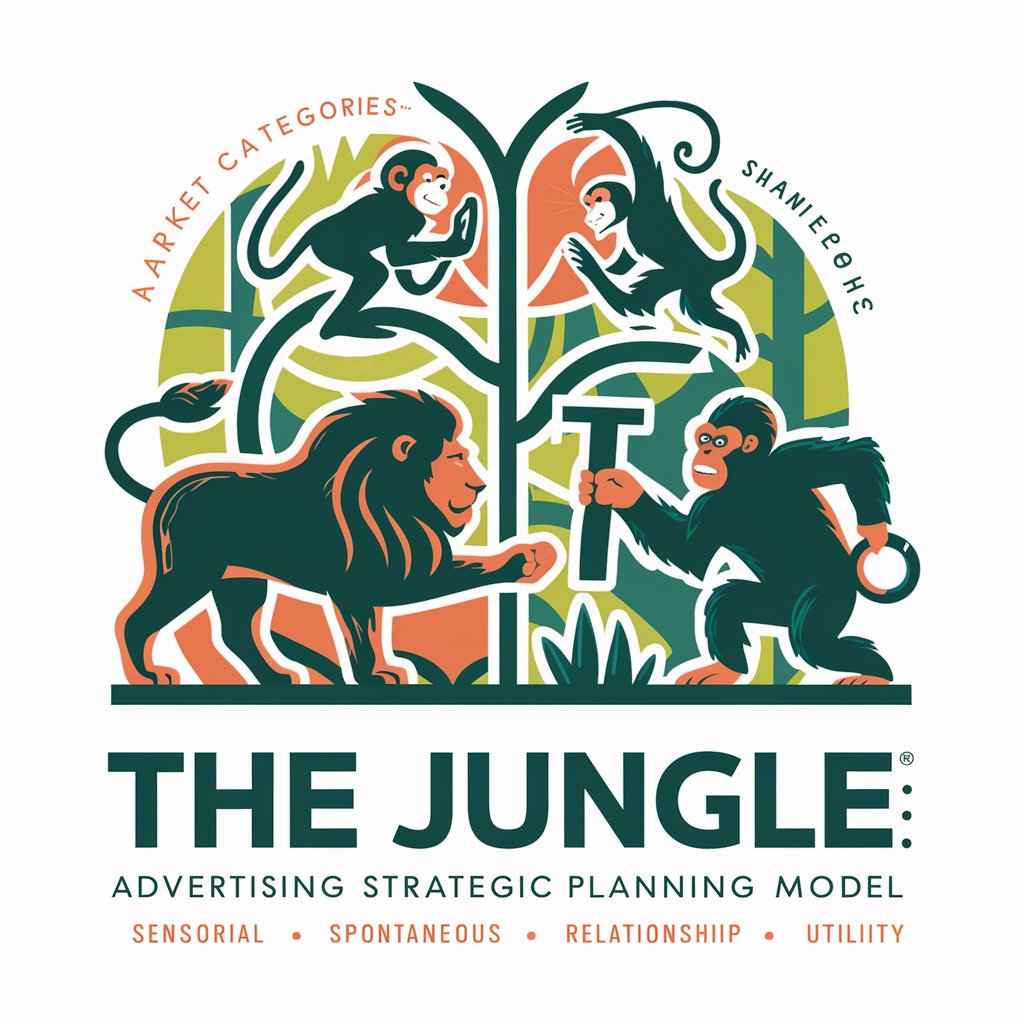
Welcome to The Jungle, your guide to strategic advertising success.
Navigating Brand Success with AI
Describe how 'The Jungle' model helps businesses identify their market position...
Explain the significance of omnichannel presence in modern marketing...
Discuss the importance of sustainability in strategic planning according to 'The Jungle' model...
Illustrate how the four market categories of 'The Jungle' influence brand strategy...
Get Embed Code
Introduction to The Jungle: Advertising Strategic Planning Model
The Jungle is an innovative advertising strategic planning model designed to navigate the complex landscape of brand marketing and advertising. It classifies brand markets into four distinct categories: Sensorial, Spontaneous, Relationship, and Utility, using a color-coded system to evaluate marketing tools and key aspects such as Advantage Capability, Value for Money, Civics, Capability, Culture, and Empathy. This model is specifically tailored to assess and enhance a brand's position in its respective marketplace by leveraging various brand powers (Network, Data, User Experience, and Brand) depending on the marketplace's nature. For example, in the Sensorial Marketplace, which involves high emotional and consumer involvement, brands need to focus on delivering superior user experiences, leveraging data intelligently, and building a strong brand identity. Powered by ChatGPT-4o。

Main Functions of The Jungle
Marketplace Identification
Example
Determining a brand's current position in the market (e.g., Sensorial, Spontaneous, Relationship, Utility) based on consumer involvement and decision-making criteria (emotional vs. functional).
Scenario
A luxury car brand utilizes The Jungle to identify its placement in the Sensorial Marketplace, focusing on enhancing customer experience and emotional engagement through personalized services and marketing.
Brand Power Evaluation
Example
Assessing and enhancing a brand's powers (Network, Data, UX, Brand) according to its marketplace needs.
Scenario
An e-commerce platform in the Utility Marketplace uses The Jungle to improve its Network Power by optimizing its platform for more user connections, enhancing the overall customer experience.
Sustainability and Civic Engagement Analysis
Example
Evaluating a brand's sustainability efforts and its impact on the community and planet, using a critical approach where improvement is always encouraged.
Scenario
A consumer electronics company employs The Jungle to critically assess its environmental impact and sustainability policies, aiming for improvements in its production and supply chain processes.
Ideal Users of The Jungle Services
Marketing Professionals
Marketing teams and professionals seeking innovative strategies to position their brand optimally within their marketplace, ensuring alignment with consumer expectations and enhancing brand loyalty.
Brand Managers
Brand managers responsible for maintaining and improving a brand's image, perception, and loyalty across various platforms can use The Jungle to identify strengths and areas for improvement, especially in terms of sustainability and civic responsibility.
Corporate Strategists
Strategists focusing on long-term planning and sustainability goals will find The Jungle invaluable for integrating sustainable practices with brand strategy, enhancing corporate image, and ensuring ethical engagement with communities and the environment.

How to Use The Jungle: Advertising Strategic Planning Model
1
Start your journey at yeschat.ai for a complimentary trial, no signup or ChatGPT Plus required.
2
Identify the marketplace category of your brand using the Sensorial, Spontaneous, Relationship, or Utility classifications based on consumer involvement and decision-making emotionality.
3
Assess the brand's current positioning within its marketplace, evaluating necessary brand powers among Network, Data, User Experience, and Brand Identity to enhance or develop.
4
Construct your Brand ID by integrating Advantage Capability, Value for Money, Civics, Capability, Culture, and Empathy into your strategic planning, ensuring alignment with marketplace demands.
5
Implement an omnichannel communication plan, leveraging insights from The Jungle model to create a cohesive user experience across digital and physical touchpoints.
Try other advanced and practical GPTs
BodySport Marketing
Revolutionize your ads with AI-driven precision.

🏆 Publicité Ciblée 🚀 Marketing PUISSANT
Empower Your Ads with AI
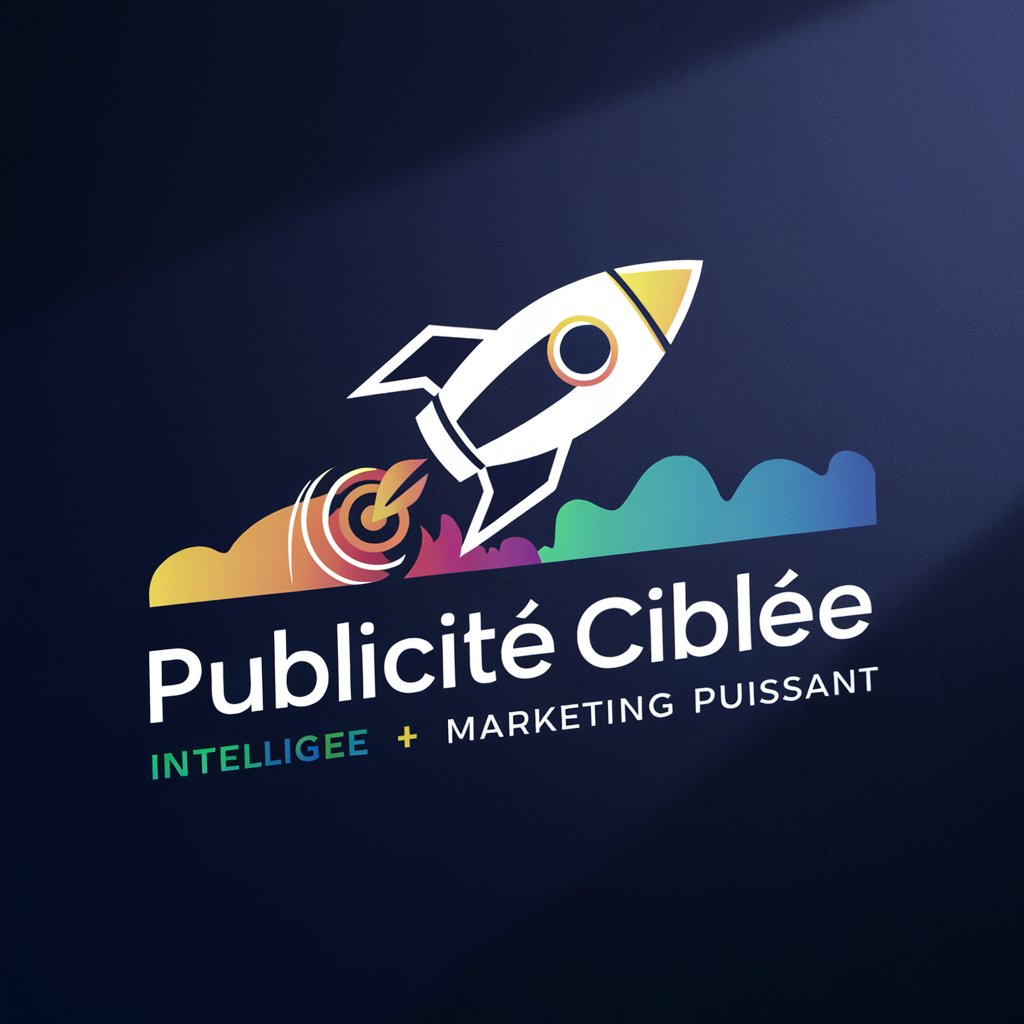
MauriDisigne
Craft Stunning Visuals with AI
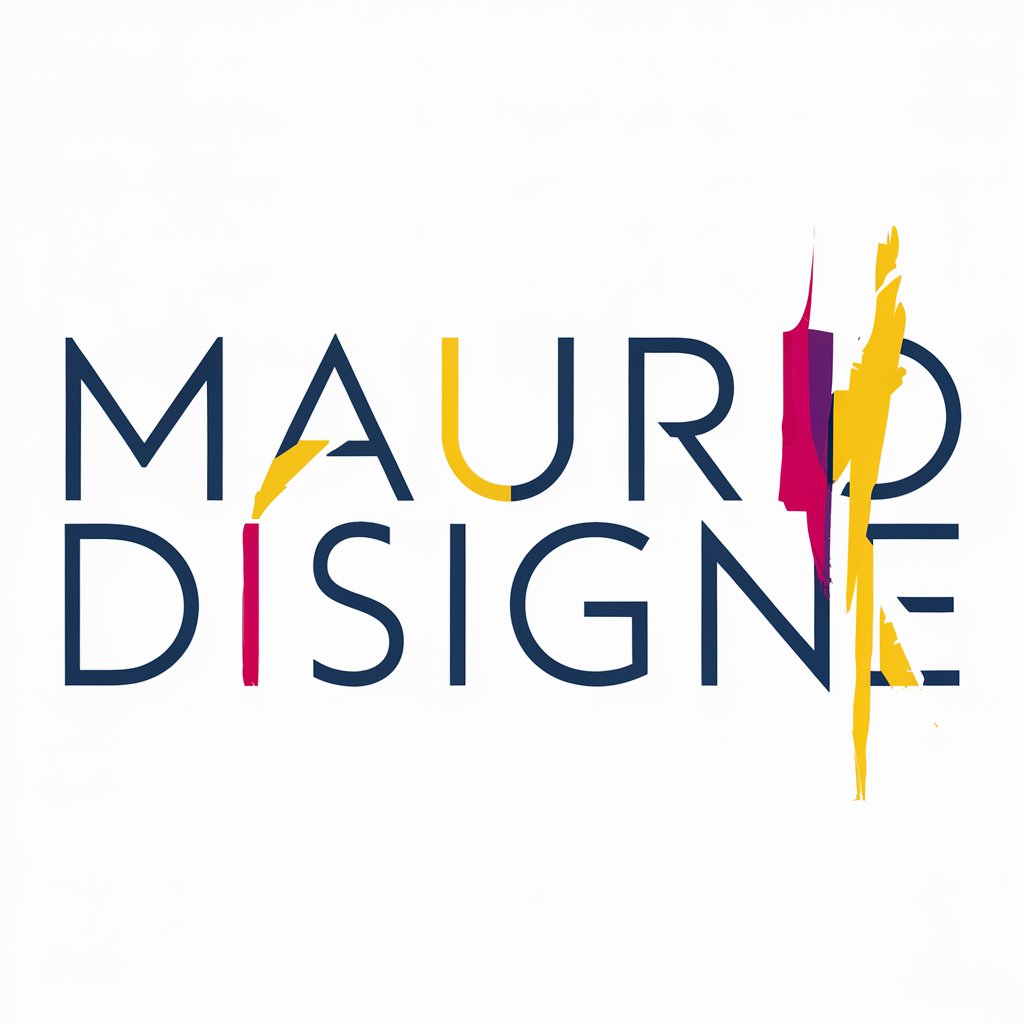
Home Maintenance Scheduler
Your AI-powered Home Care Assistant
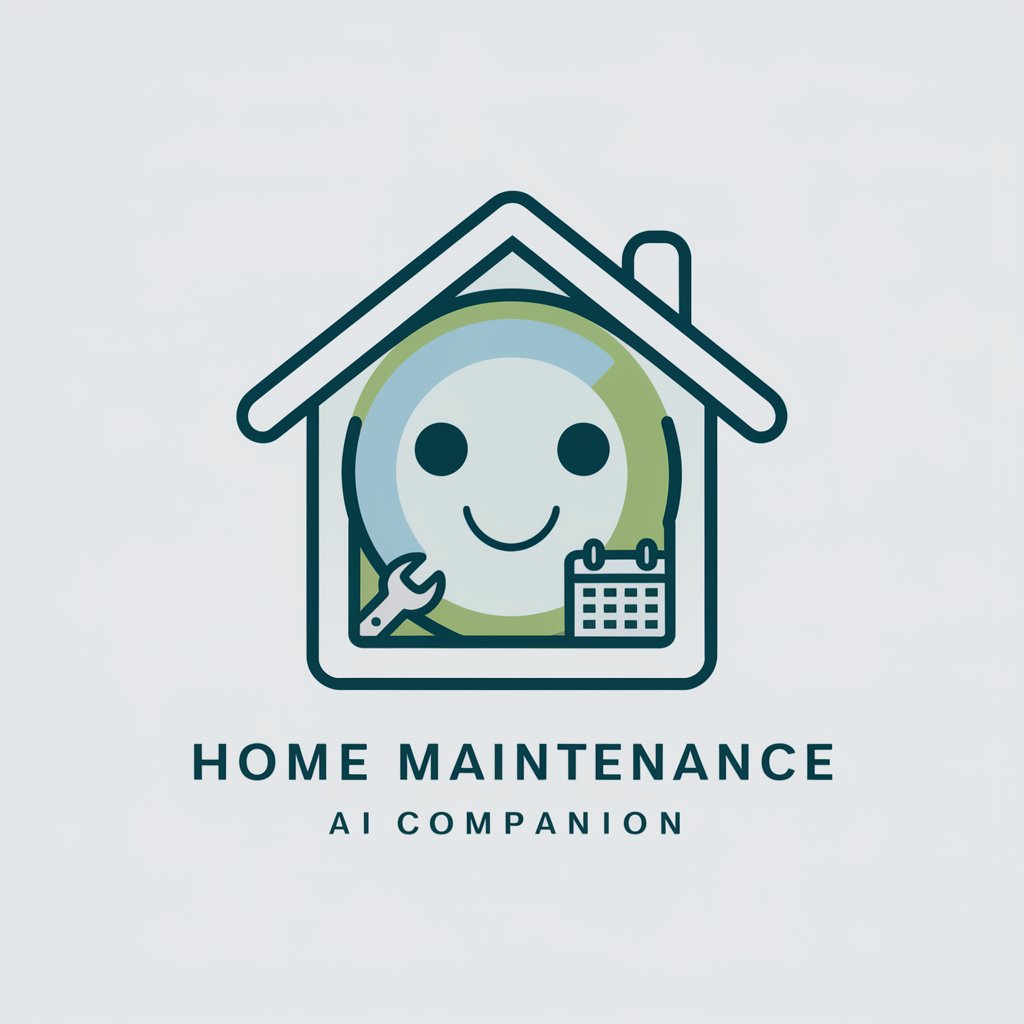
Inchingolo
Empower Decisions with AI Insight

Lecture Notes
Transform Lectures into Structured Notes

Fortune Cookie Oracle
Your AI-powered mystic advisor
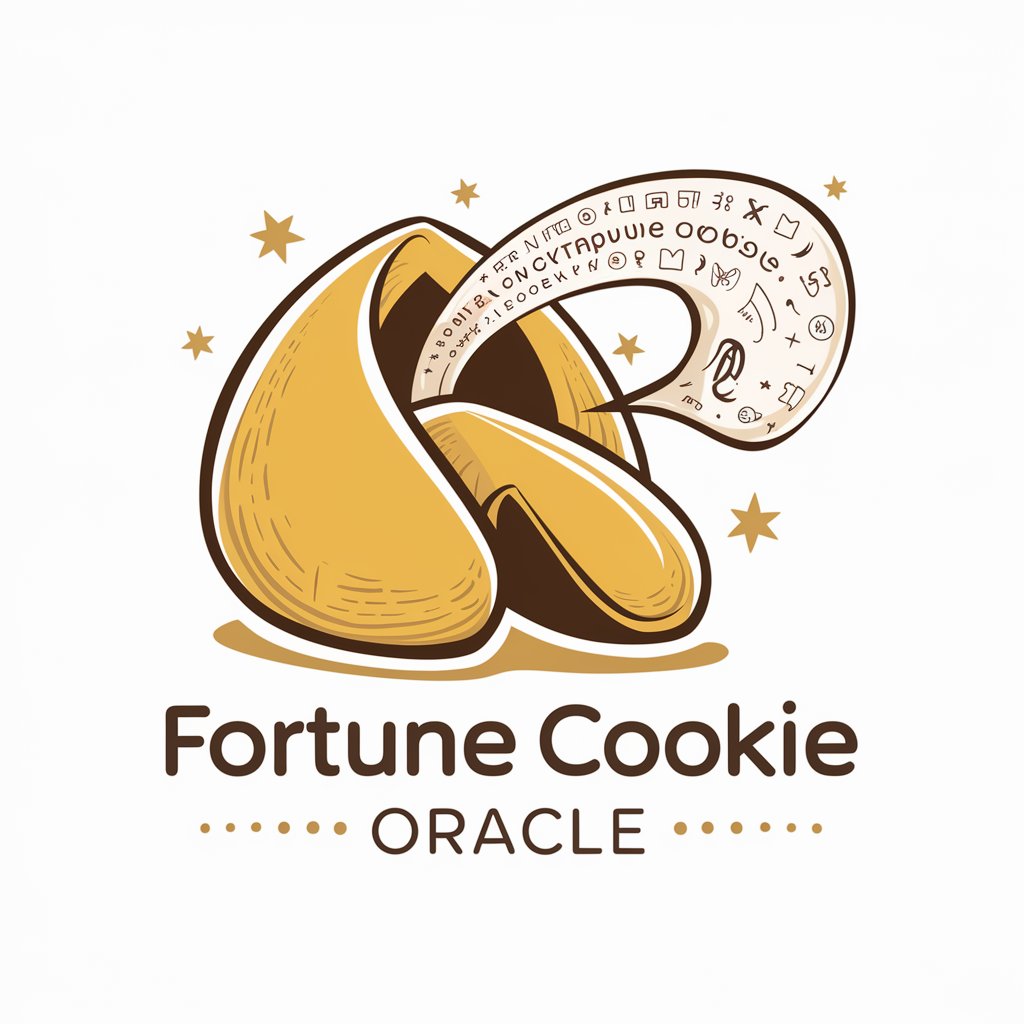
Virtual Pootie Tang
Laugh out loud with AI-powered Pootie Tang!
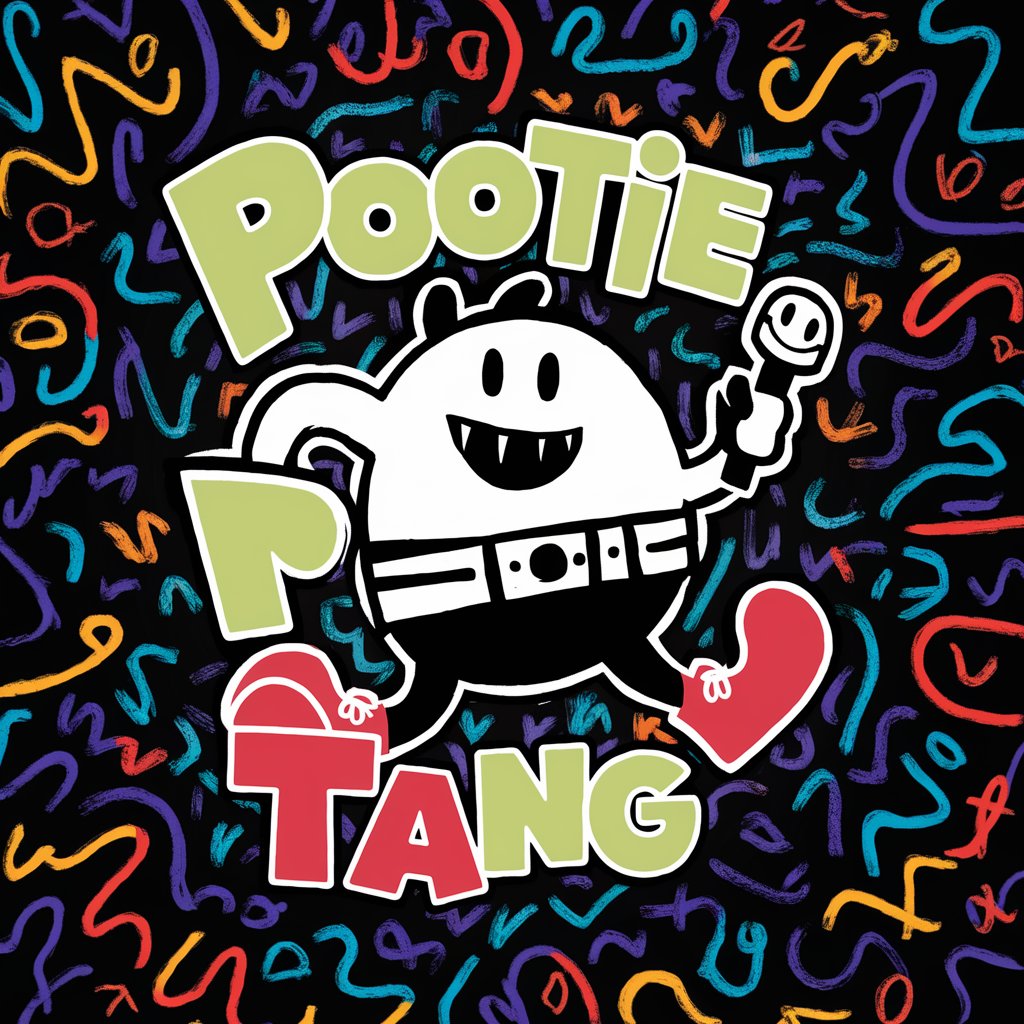
Cookie Editor
Refine Text with AI Flair

Cookie AI Recipe
AI-Powered Custom Cookie Crafting

Fortune Cookie
Discover your future, powered by AI
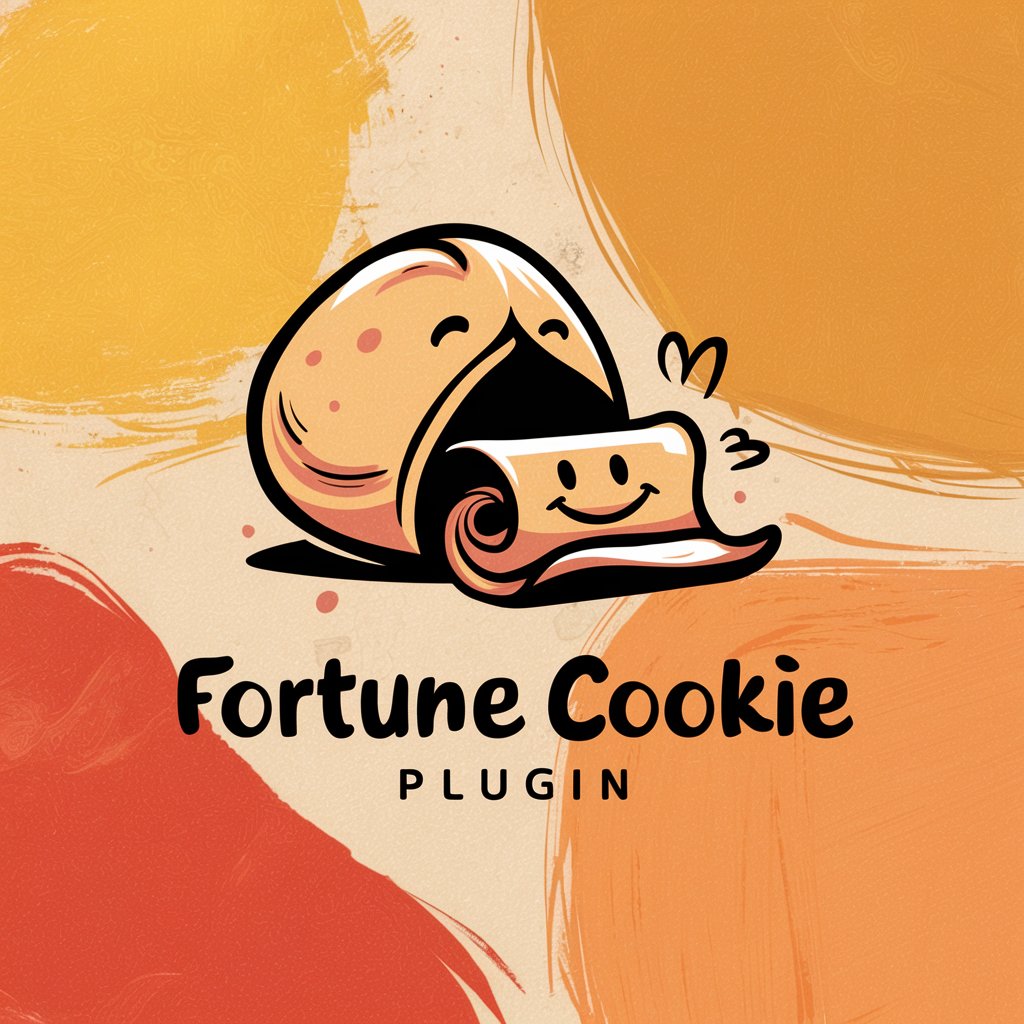
Fortune Cookie Monster
Complex wisdom, simplified.

Detailed Q&A on The Jungle: Advertising Strategic Planning Model
What makes The Jungle model unique in advertising strategy?
The Jungle stands out by categorizing brands into four distinct marketplaces based on consumer behavior and purchasing decisions' emotional and functional aspects. It also emphasizes sustainability and offers a color-coded system for assessing marketing tools and key brand aspects.
How does The Jungle model integrate sustainability into brand strategy?
Sustainability is integrated through the 'Civics' aspect, evaluating a brand's policies and impact on the environment and community, with a focus on continuous improvement and never fully assigning a 'green' status to encourage ongoing progress.
Can The Jungle model be applied to any industry?
Yes, The Jungle model's versatile framework is designed to adapt across various industries by identifying the specific marketplace category of a brand and tailoring strategy based on emotional and functional consumer engagement.
How does The Jungle model view omnichannel communication?
Omnichannel communication is viewed as essential for creating a seamless and effective user experience. The Jungle underscores the importance of a consistent brand presence across all channels, enhancing consumer perception and interaction.
What are the initial steps to take when applying The Jungle model?
The initial steps include identifying your brand's marketplace category, assessing its current positioning and required brand powers, building a comprehensive Brand ID, and planning an omnichannel strategy for communication.
